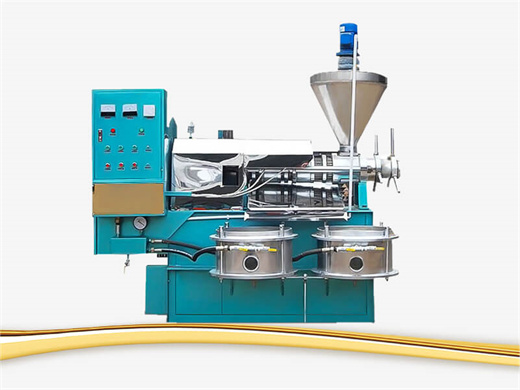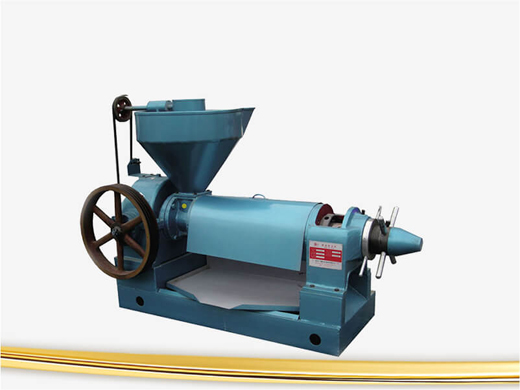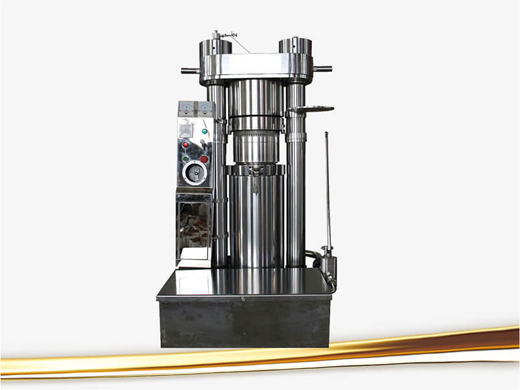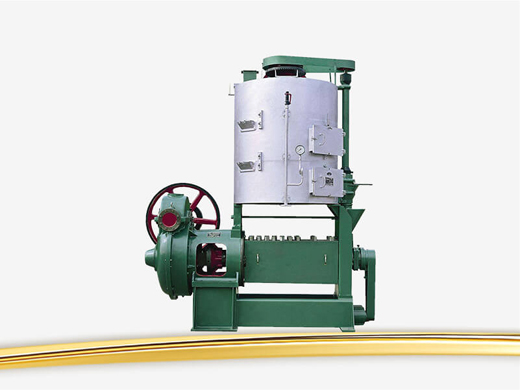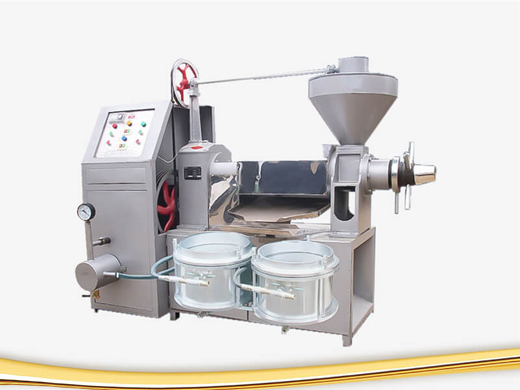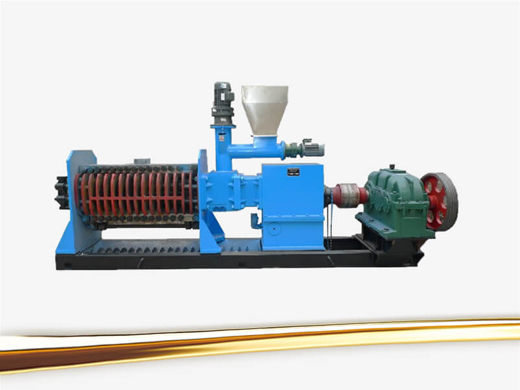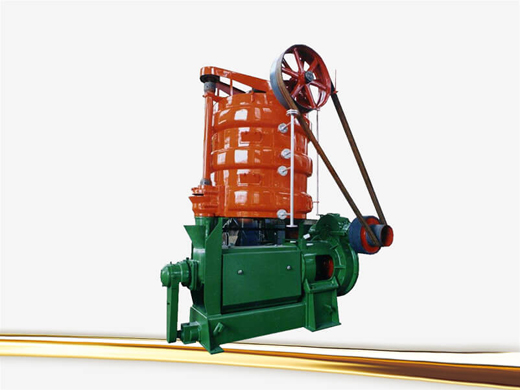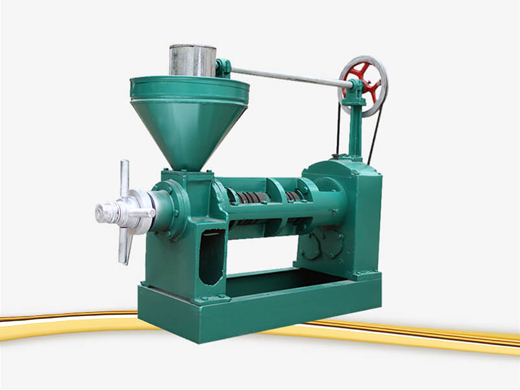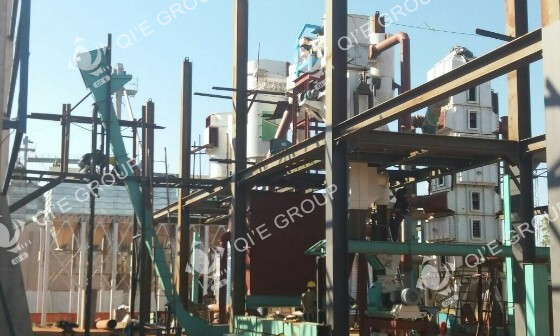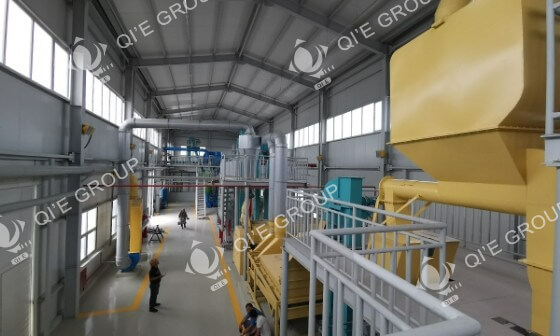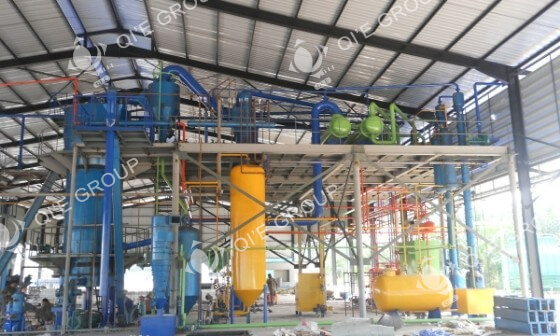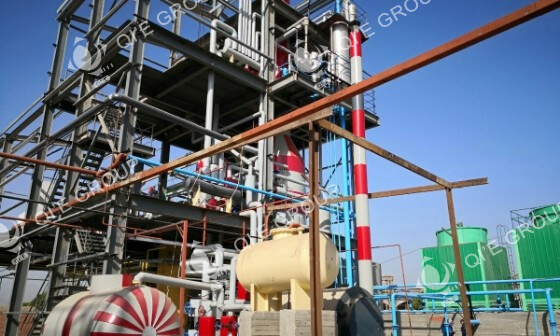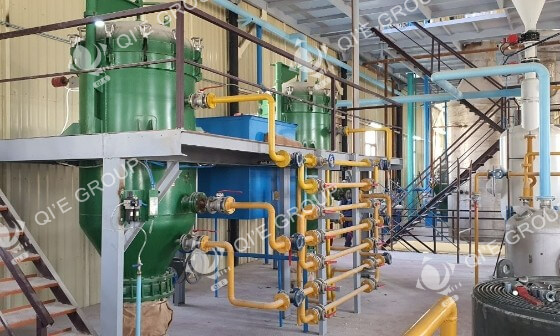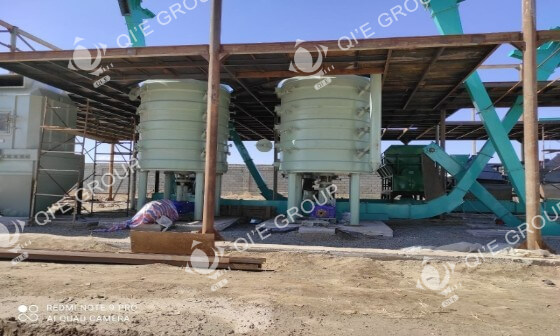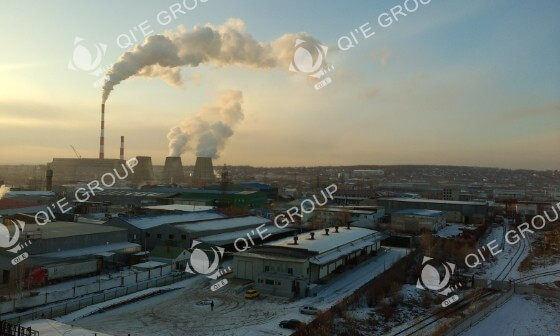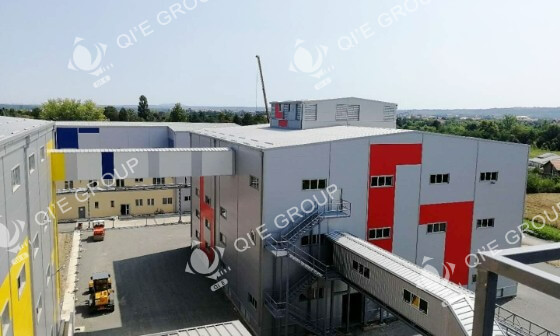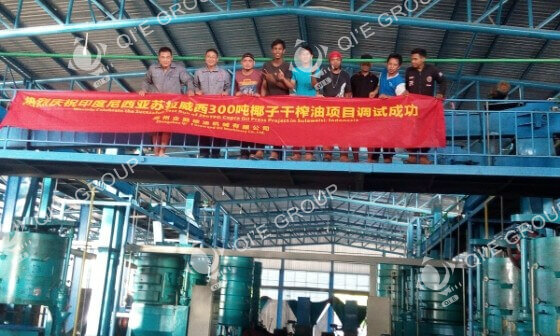1-10TPD Cooking Oil Refinery Plant
You can choose suitable edible oil refining equipment according to your processing capacity.
Batch type edible oil refining plant:This process is to refine the crude oil batch by batch, it is more suitable for small capacity like 1-2-3-5-10TPD.
Refine Crude Oil:
palm oil, cottonseed oil, corn germ oil, peanut oil, soybean oil, sunflower seed oil, rapeseed oil, rice bran oil, coconut oil,animal fats and oil etc.

Project Cases
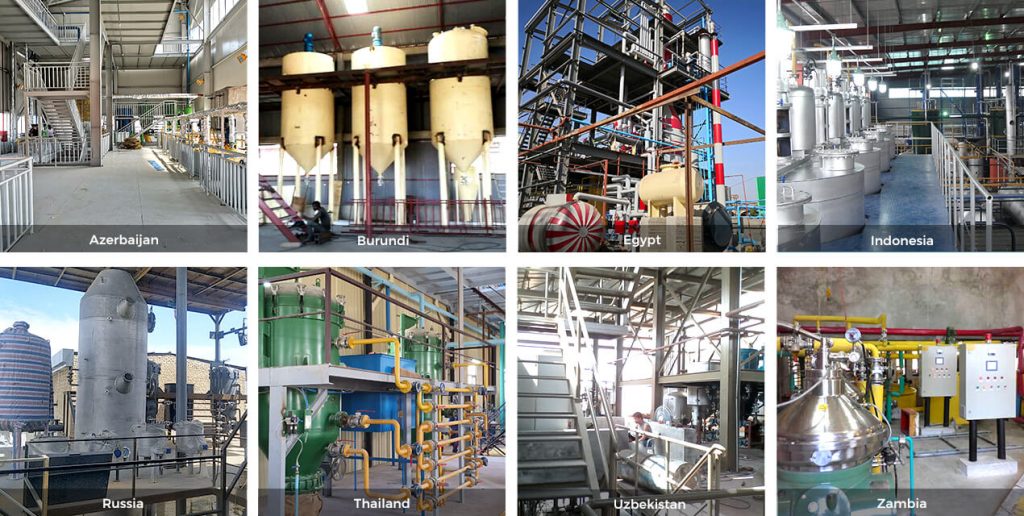
Main Process
Degumming, Neutralization, Bleaching, Dewaxing, Winterization and Deodorization.
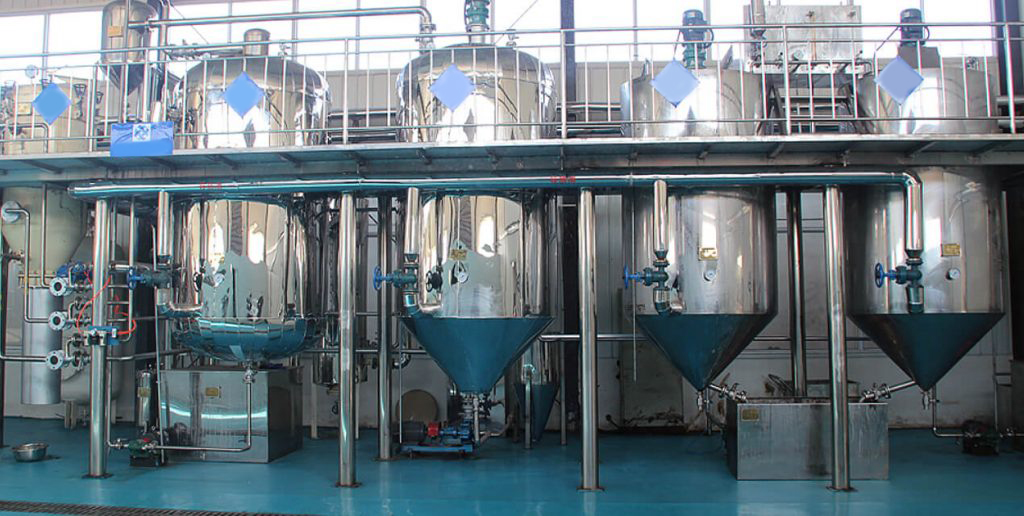

Technical Parameters of Edible Oil Refining Plant
| Production capacity | 1~10T/D |
| Steam consumption | 700Kg/T |
| Electric consumption | 28Kwh/T |
| Water (soften water) | 150Kg/T |
| Phosphoric acid | 2~3 kg/T |
| Alkali | acid value×1-3kg/T |
| Circulating water cooling water yield | 150M3/H |
| Bleaching earth consumption | 3-5Kg/T |
| Waste bleaching earth oil content | ≤25~35% |
| Refining losses | acid value×1.2 (chemical refining)
acid value×0.6 (physics refining) |
| Bleaching losses | the quantity of bleaching earth×0.25% |
| Deodorization loss consumption | ≤0.5% |
Introduction of Edible Oil
1. Definition of Crude Oil
Crude oil is the unrefined grease which is obtained by pressing or leaching method. Its main component is a mixture of various triglycerides, commonly known as neutral oil. Due to the simple processing technology, crude oil has many impurities which are harmful to human health and it is easy to oxidize which isn't suitable for long-term storage.
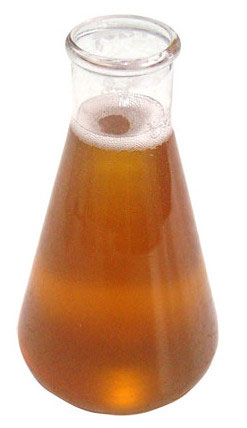
2. Impurities of Edible Oil
After chemical and physical refining, the impurities of oil are reduced to a certain standard, and the qualified oil products are obtained. The main impurities contained in crude oil are as follows:
2.1 Suspended impurities: such as sediment, slag cake, and other solid impurities.
2.2 Gum soluble impurities: mainly phospholipids.
2.3 Oil soluble impurities: mainly free fatty acids (FFA), pigments and so on.
2.4 Moisture
2.5 Other impurities like odorous impurities, waxy materials, trace metals and solvent.
3. Reasons for Refining Crude Oil
3.1 The existence of suspended impurities, gum soluble impurities and moisture in oil would accelerate microbial activity, causing oil's hydrolysis rancidity.
3.2 The presence of phospholipids will give the oil a cloudy, dull appearance. What's more, the oil will produce a lot of foam when cooking.
3.3 High FFA content will increase oil odor, and some FFA would smoke when cooking.
3.4 Poor pigments deepen the oil color or even blacken the oil. Therefore, in order to manufacture qualified products that are accepted by consumers, it is necessary to refine the crude oil.
4. Oil's Three Major Reactions and Storage Methods
Hydrolysis reaction: oil + water -> free fatty acids (FFA)
Saponification reaction: oil + alkali -> soap stock
Oxidation reaction: oil + oxygen -> peroxide
According to the above three reactions, the improper storage of edible oil may lead to oil deterioration and even affect human health, so it's necessary to understand some storage knowledge of the vegetable oil. To sum up, there are four points of the oil storage: sealing, light proof, cryopreservation, and waterproofing. Therefore, after the oil tank is measured, the oil tank must be covered. The purpose is to prevent rainwater from dropping into the tank & resulting in the hydrolysis reaction of vegetable oil under suitable conditions, which produces excessive free fatty acids and causes deterioration of the quality and affects the quality of products.
5. Several Important Indicators to Measure Oil Quality
Color, free fatty acid (FFA), melting point & freezing point, soap, iodine value (IV), phosphorus content (PHOS), smell and taste.
